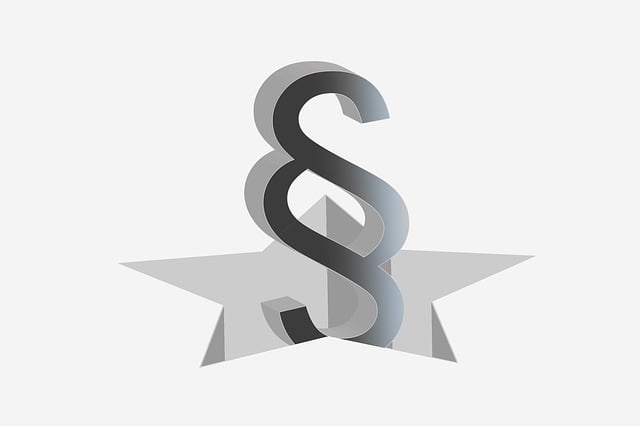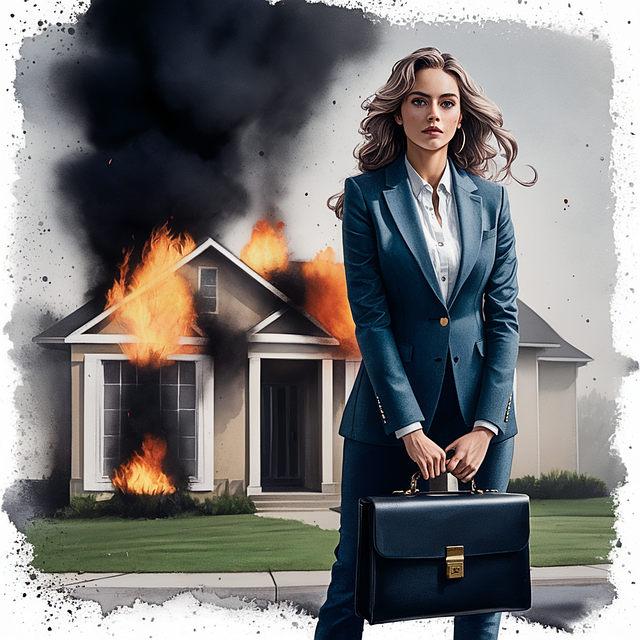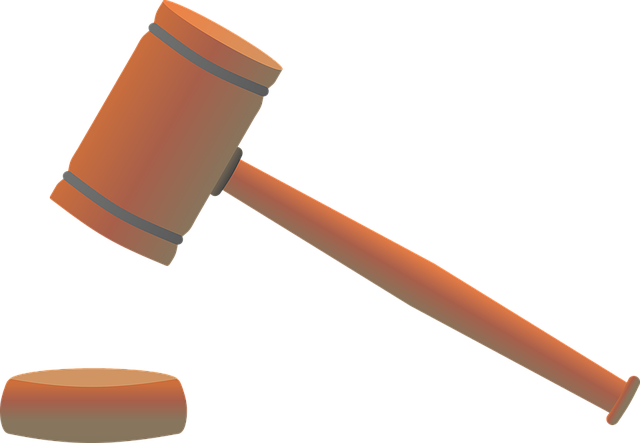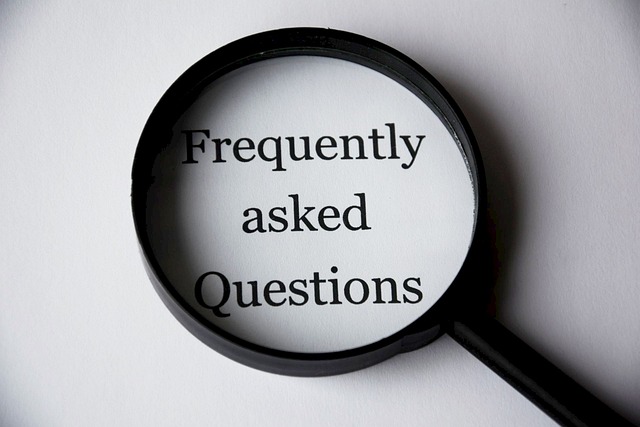Physical evidence, including photos and surveillance video, is crucial for premises liability lawyers in proving negligence and linking incidents to harm. These visual aids capture pre-accident conditions, reconstruct events, and highlight breaches of duty, especially in complex cases like truck accidents or medical malpractice. Precise measurements, sketches, time-lapse videos, and detailed images enhance the strength of legal arguments and increase clients' chances of securing fair compensation for damages incurred on someone else's property.
When navigating a premises liability case, a skilled lawyer relies on various types of evidence to build a compelling claim. From physical evidence like photographs and expert analyses to eyewitness testimonies and documentation, each piece holds equal weight in reconstructing the incident. This comprehensive guide delves into the critical forms of evidence collected by premises liability lawyers, offering insights into how these tools help secure justice for victims.
- Types of Physical Evidence
- – Photographs and video footage of the accident scene
- – Measurements and sketches of hazardous areas
Types of Physical Evidence
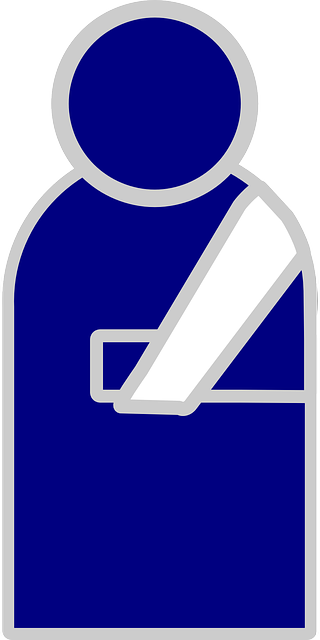
Physical evidence plays a pivotal role in premises liability cases, providing tangible links to the events that led to an injury or harm. A premises liability lawyer will often collect and analyze various types of physical evidence to build a compelling case. This can include photos documenting the incident scene, showing hazards or unsafe conditions that contributed to the accident. For instance, images of a slippery floor after a spill, uneven pavement, or a poorly maintained handrail could be crucial in establishing negligence on the part of the property owner or manager.
Additionally, video footage from surveillance cameras, if available, can offer a dynamic perspective of the incident, capturing the sequence of events leading up to and including the injury. In cases involving truck accident injuries, commercial disputes, or nursing home abuse, where the stakes are often high, physical evidence becomes even more critical in demonstrating liability. These tangible pieces of information help in reconstructing the incident, corroborating witness statements, and ultimately strengthening the legal argument presented by a premises liability lawyer on behalf of their client.
– Photographs and video footage of the accident scene

When a premises liability lawyer takes on a case, one of the most powerful tools at their disposal is visual evidence from the accident scene. Photographs and video footage offer a detailed, unfiltered view of the circumstances that led to an injury or incident. These visuals can capture everything from structural defects or unsafe conditions to the immediate aftermath of an accident, providing irrefutable proof of negligence.
For example, a premises liability lawyer may use time-lapse video footage to demonstrate a recurring issue with a faulty handrail or photograph a cluttered walkway that led to a slip and fall. Such evidence not only helps in reconstructing the event but also strengthens the case for injury compensation by highlighting the breach of fiduciary duty that often underpins premises liability claims, especially in cases of medical malpractice or other fiduciary duty breaches.
– Measurements and sketches of hazardous areas
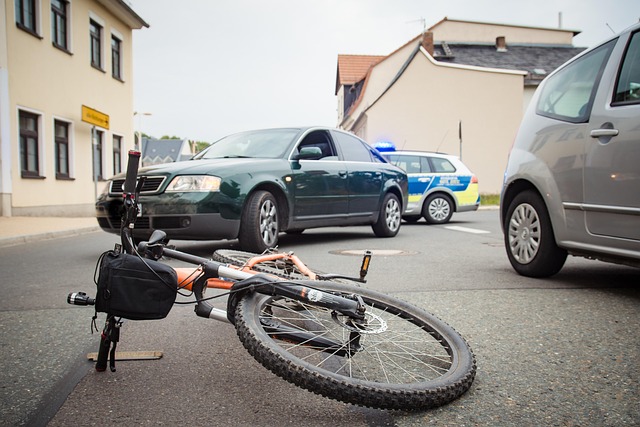
In the course of their investigations, premises liability lawyers often rely on meticulous measurements and sketches to document hazardous areas within a property. These visual aids serve as crucial evidence in identifying potential risks that may have led to an accident or injury. By capturing precise dimensions and layouts, lawyers can recreate scenes, pinpoint negligence, and effectively communicate these findings to insurance companies and courts.
Such detailed records are invaluable when advocating for injury compensation, especially in cases involving partnership disputes or complex scenarios like truck accidents. A premises liability lawyer’s ability to present clear, concrete evidence through measurements and sketches can significantly strengthen a client’s case, ultimately aiming to secure fair compensation for any sustained damages.
When seeking justice in a premises liability case, evidence is paramount. A skilled premises liability lawyer relies on various types of physical evidence, such as photographs and video footage of the accident scene, alongside precise measurements and sketches of hazardous areas, to build a compelling case. These tools not only capture the immediate circumstances but also help in demonstrating negligence and liability, ultimately ensuring the best possible outcome for the client.

